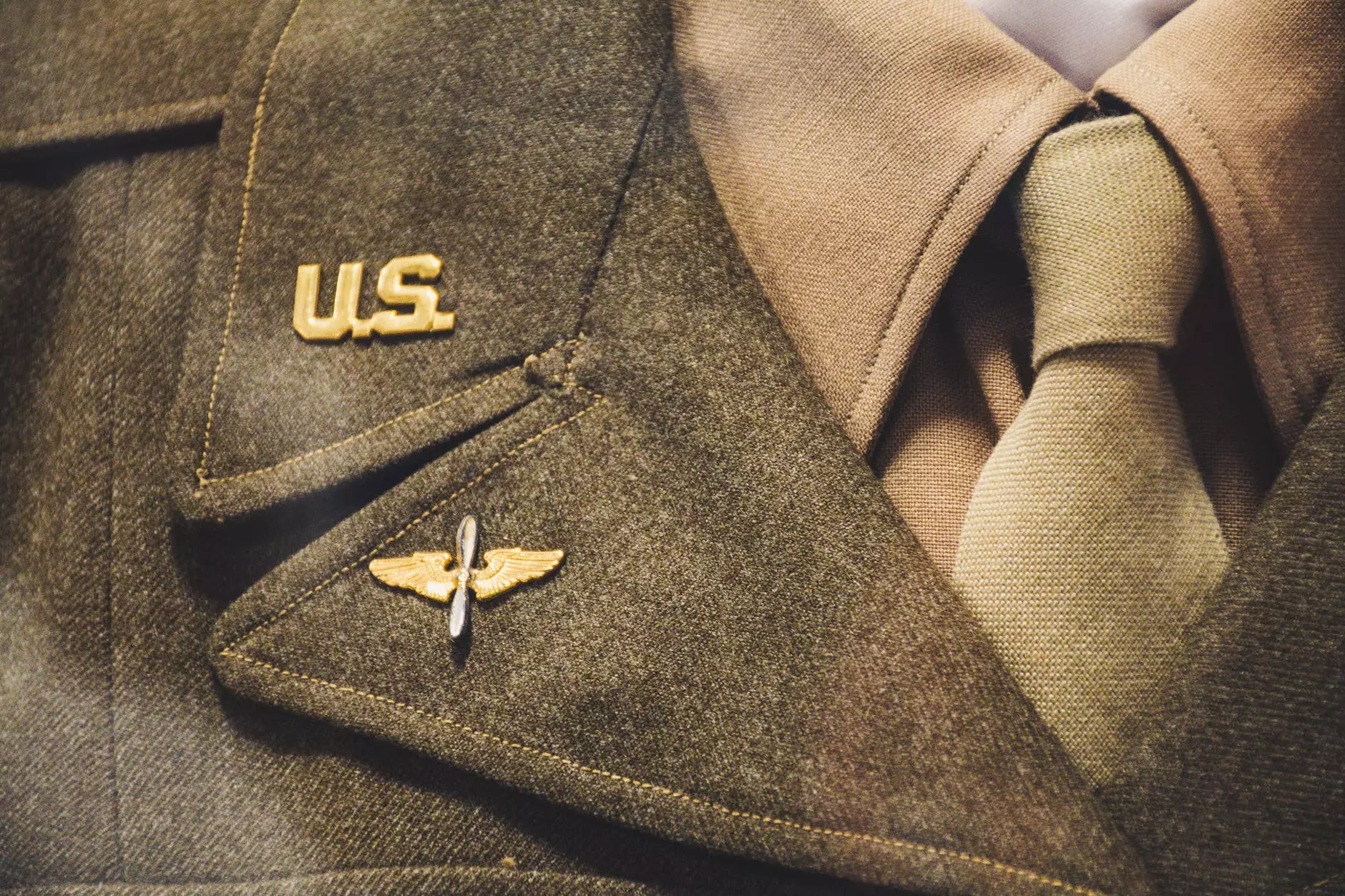
The US Air Force could be about to get their very own Wolverines, with explorations under way as to how they can make future personnel heal their wounds in an instant.
Much like the famous X-Men character, the Air Force is exploring cellular reprogramming that would mean wounds, burns and other injuries picked up on the field of battle could heal up to five times faster than what occurs naturally with the human body.
Working with the University of Michigan, the research is looking into cell programming that modifies its genome using proteins, called transcription factors. These stop different genes so as 'to regulate activities such as cell division and growth, and cell migration and organization'.

A 'spray-on' bandage could possibly be used to apply these transcriptions, applying them directly to the wounds, converting the exposed muscle cells into surface skin cells that cover the wound so it heals faster.
Advert
Confusing, but fascinating stuff.
One of those involved in the research is Dr. Indika Rajapakse, associate professor of computational medicine and bioinformatics, and of mathematics, at the University of Michigan.
He's using a live cell imaging microscope for the project, which will allow researchers to see high-resolution views inside live cells to better understand the wound-healing process.

In a press release, he wrote: "There are amazing opportunities in the United States, that you don't see in the rest of the world, to humanize science and meet critical needs in medicine."
Advert
After modifying the gene, the sequence would then be able to be written so that it can turn into a different type of cell when necessary. So if a soldier was injured where their muscle is showing, the cells can be reprogrammed into skin cells to quickly cover the wound.
Addressing the idea of a spray-on bandage, Rajapakse's statement said: "This method would convert exposed deep muscle cells into surface skin cells, which would mean a higher probability of successful healing than the current methods of skin grafting.
"We have the resources to do this, and it is our obligation to take full advantage of them," he added.

To achieve their goals, Rajapakse and his team have developed a data-guided algorithm that mathematically identifies the correct transcription factors and is then able to predict the points in the cell cycle where they can best make the change.
Advert
Dr. Frederick Leve, program officer for AFOSR's Dynamical Systems and Control Theory portfolio, said: "It's rare that mathematics provides such promising results so quickly.
"It usually takes decades for basic math research to make it into models which can be applied to a technology."
Dr. Rajapakse has managed to do it in much less time, however, meaning that the existence of Wolverine in only comic books and films may soon become altogether more real.
Featured Image Credit: Credit: PexelsTopics: Science, US News, Technology